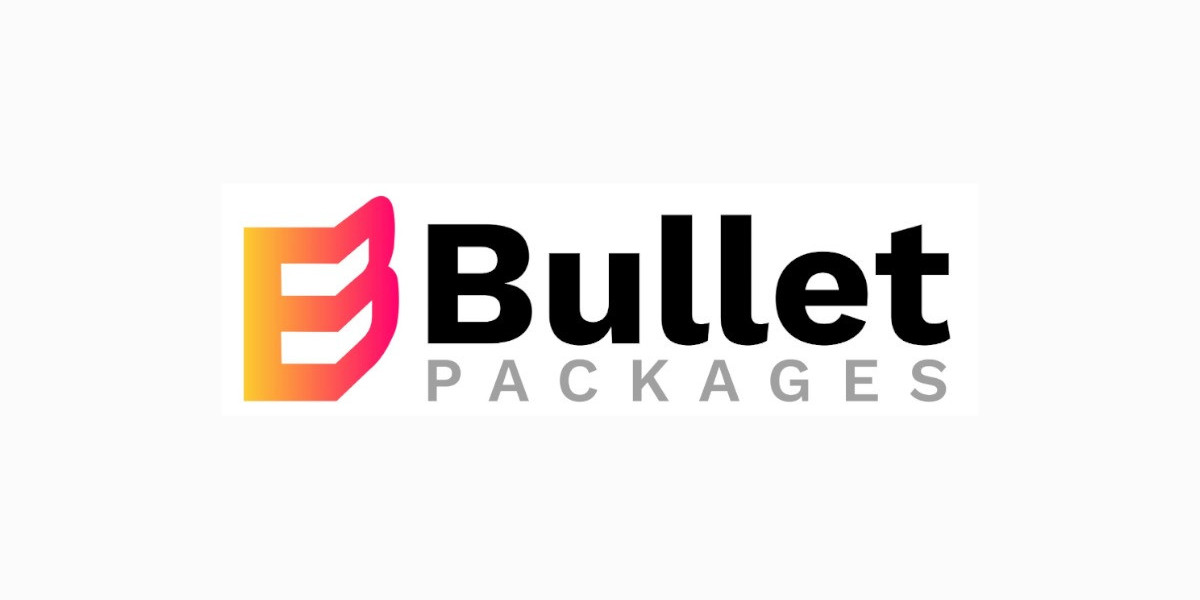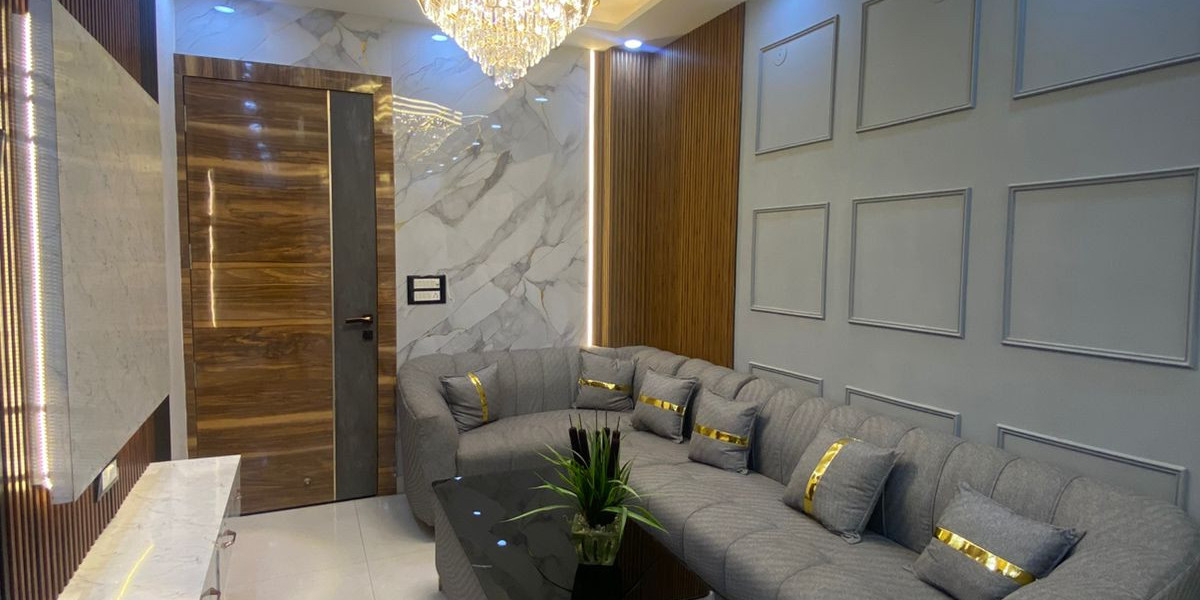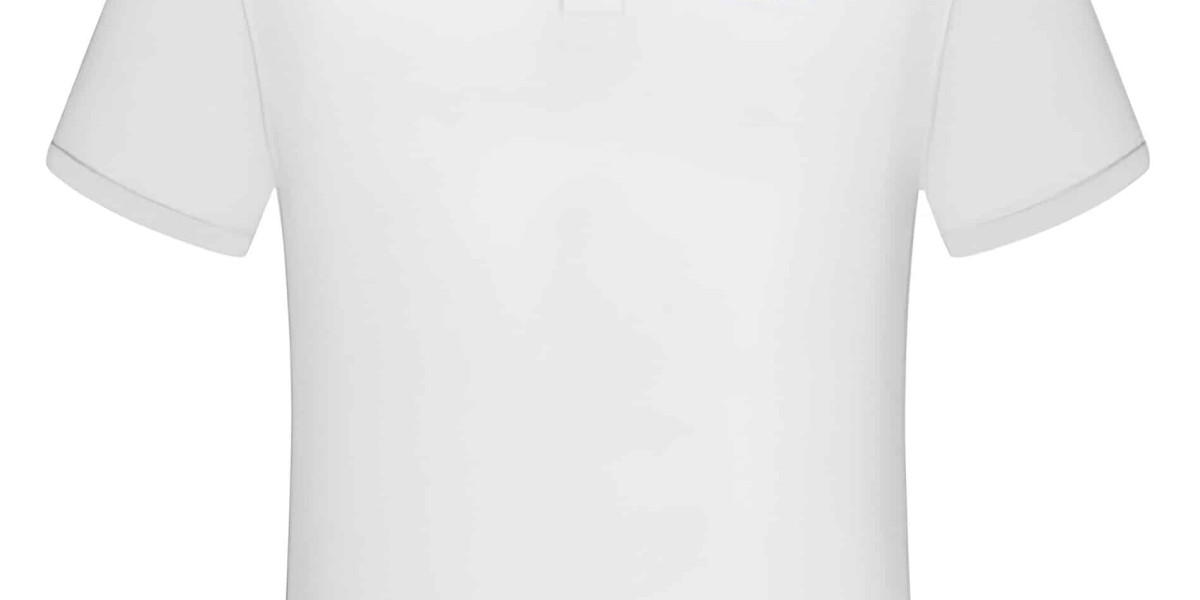Folding boxes have become a cornerstone of the packaging industry, known for their adaptability, affordability, and environmental friendliness. From everyday consumer goods to luxury items, these boxes play a crucial role in protecting products, enhancing brand identity, and improving shelf appeal.
What Are Folding Boxes?
Folding boxes, also known as foldable cartons or paperboard boxes, are lightweight packaging solutions made from paperboard or cardboard that can be folded flat when not in use. They are designed to be easily assembled into a three-dimensional form and are commonly used for packaging items such as cosmetics, food, electronics, pharmaceuticals, and more.
Types of Folding Boxes
There are several common types of folding boxes, each suited to different applications:
Straight Tuck End (STE): Both the top and bottom tuck into the same direction, ideal for lightweight items.
Reverse Tuck End (RTE): Top and bottom flaps fold in opposite directions, offering a quick and secure closure.
Auto Bottom Boxes: Feature a pre-glued bottom that pops into place for added convenience and strength.
Crash Bottom Boxes: Also known as auto-lock bottom boxes, these are used for heavier products and provide strong bottom support.
Sleeve Boxes: Comprise an open-ended sleeve and a tray that slides in, commonly used for luxury or gift items.
Benefits of Folding Boxes
Space Efficiency: Since they can be shipped and stored flat, folding boxes save space and reduce transportation costs.
Cost-Effective: They are generally cheaper to produce compared to rigid boxes while still offering good protection.
Customizable: Brands can easily print logos, graphics, and product information to enhance visibility and recognition.
Eco-Friendly: Made primarily from recyclable materials, folding boxes support sustainable packaging practices.
User-Friendly: Easy to assemble and handle, they enhance both the packaging and unboxing experience.
Applications Across Industries
Retail Packaging: Used for cosmetics, apparel, electronics, and accessories to enhance visual appeal.
Food Industry: Ideal for cereal boxes, snack packaging, and takeout containers due to their lightweight and printable surfaces.
Pharmaceuticals: Secure and tamper-evident folding boxes protect sensitive medical products.
E-commerce: Protect products during shipping while offering branding opportunities during customer unboxing.
The Future of Folding Boxes
With the growing demand for sustainable and visually appealing packaging, folding boxes continue to evolve. Manufacturers are now exploring advanced printing technologies, biodegradable materials, and smart packaging features to keep up with industry trends. As consumer preferences shift toward environmentally conscious choices, folding boxes remain a go-to option for brands aiming to balance form, function, and sustainability.






